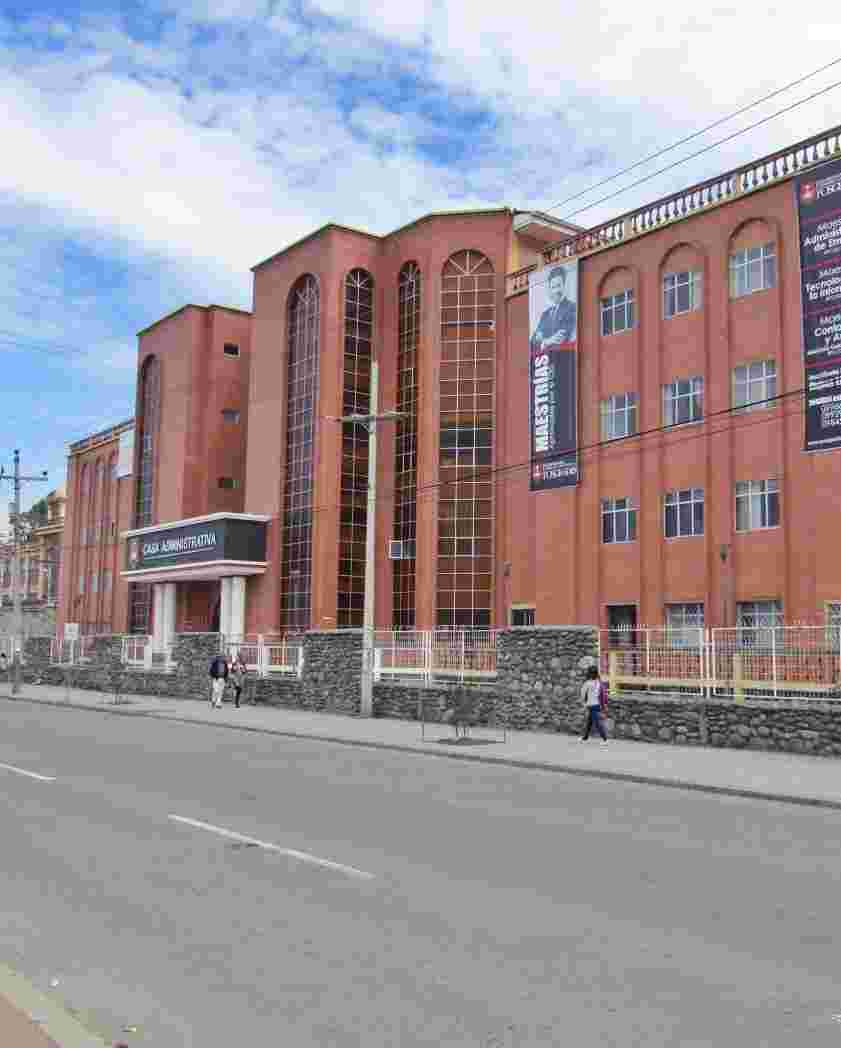Efecto de la progesterona más estradiol sobre la sincronización, ovulación y calidad de embriones en yeguas de la raza árabe
Cargando...
Fecha
Autores
Título de la revista
ISSN de la revista
Título del volumen
Editor
Universidad Católica de Cuenca.
Resumen
An intravaginal device containing progesterone (P4) plus estradiol benzoate (E2) was inserted into 10 Arabian mares to synchronize estrus and ovulation and evaluate the quantity and quality of embryos. A 1g P4 device and 2 mg of estradiol benzoate were inserted on day zero. On day 10, the device was removed, and 150 µg of sodium cloprostenol was administered. It was compared with a control treatment where cloprostenol at the same dose plus human chorionic gonadotropin (HCG) was administered on day 10. Using the device with estradiol and a luteinizing hormone proved effective in inducing ovulation in mares. On day 15, follicular monitoring determined that the size of the preovulatory follicle was >39 mm. The size of the follicle and corpus luteum was observed, with the follicle being more prominent in the primary treatment, with an average ovulatory follicle size of 41.55 mm compared to 40.8 mm in the control. The mean size of the corpus luteum was 30.92 mm in the primary treatment versus 29.7 mm in the control. However, no statistical difference between variables was observed, but there was a 40% correlation between follicle size and corpus luteum diameter. Follicular and corpus luteum irrigation was higher in the P4 treatment at 75%, compared to 38% in the prostaglandin treatment. Higher quality and quantity of structures were observed in the P4 treatment, reflecting a p-value of (p=0.55), indicating a statistical difference between variables by treatment.
Descripción
El uso de un dispositivo intravaginal con progesterona (P4) más benzoato de estradiol (E2), se realizó en 10 yeguas árabes con el fin de sincronizar celo, ovulación y evaluar la cantidad y calidad de embriones, en el día cero, se colocó el dispositivo de 1gr de P4 junto con 2 mg de benzoato de estradiol, al día 10, se retiró el dispositivo y se aplicó 150 ug de cloprostenol sódico, se comparó con un tratamiento testigo, se administró cloprostenol a la misma dosis más gonadotropina coriónica humana (HCG) al día 10. El uso del dispositivo más estradiol y una hormona luteinizante mostro ser eficaz para inducir la ovulación en las yeguas, al día 15, el seguimiento folicular determinó que el tamaño del folículo preovulatorio fue > 39 mm, se observó el tamaño del folículo y cuerpo lúteo, siendo mayor en el tratamiento principal con una media del folículo ovulatorio de 41,55 mm en comparación del testigo con 40,8 mm, el promedio del cuerpo lúteo fue de 30,92 mm\ 29,7 mm, sin embargo, no se reflejó una diferencia estadística entre variables, pero existió correlación del 40% entre el tamaño de folículo y diámetro del cuerpo lúteo, la irrigación folicular y del cuerpo lúteo fue mayor en el tratamiento con P4 con 75% y en el tratamiento con prostaglandina se obtuvo el 38%, se evidencio una mayor calidad y cantidad de estructuras colectadas en el tratamiento con P4 reflejando un valor p de (p=0,55) evidenciando una diferencia estadística entre variables por tratamiento.
Palabras clave
YEGUAS, SINCRONOZACIÓN, OVULACIÓN, PROGESTERONA, ESTRADIOL
Citación
Apa




